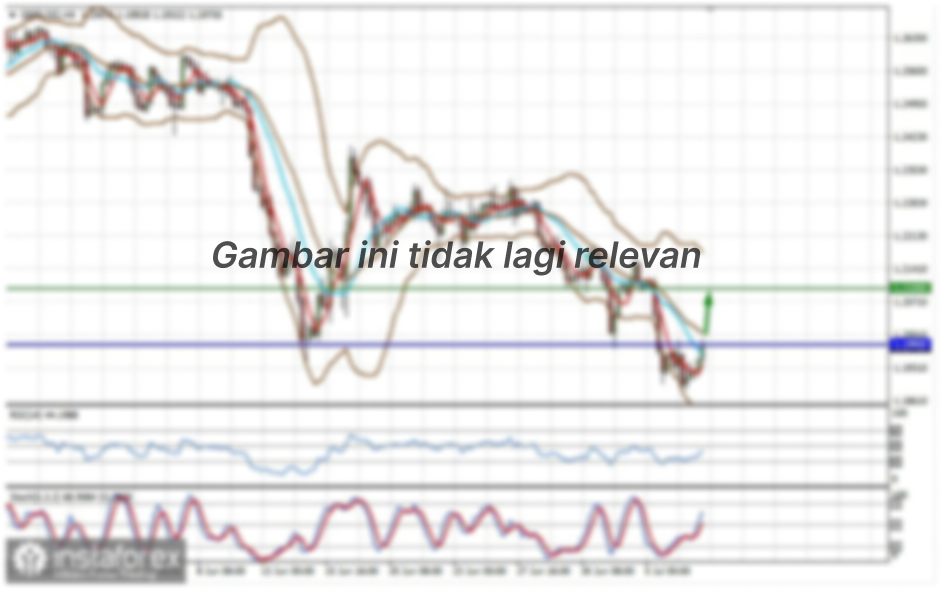The pound sterling is extending a losing streak. Remarkably, a week ago, GBP/USD was testing 1.4, proving resilience and keeping bullish momentum. However on March 19, the pair reversed downwards and has been falling steadily since then. All in all, the sterling has plunged 300 pips for less than a week. At present, it is running a risk of sinking as low as to near 1.36. The broad-based advance of the US dollar is not the only reason behind this sharp nosedive. A series of downbeat macroeconomic data is taking the shine off the pound sterling. This week, the UK released macroeconomic data on consumer inflation and the labor market. Almost all metrics reveal negative dynamics, thus providing fresh evidence of a slowdown in the British economy.

Today, investors got to know inflation data in the UK for February. The CPI logged a 0.1% uptick on month, worse than the expected 0.4% growth. In annual terms, consumer inflation skidded following a two-month climb. Analysts had projected the CPI to rise to 0.8% year-on-year, but the actual CPI grew twice slower to 0.4%. The core CPI sprang the most unpleasant surprise. This indicator tumbled to minus 0.9%, confronting expectations for a solid growth to 1.5%. It has been the weakest reading since August. The UK CPI undershot the forecasts both in annual terms and on month. The data released today added to the pessimistic fundamental picture which turned sour for the sterling yesterday. The UK published key data on the labor market. The market was discouraged by an increase in the number of unemployment claims. The number of jobless claims contracted in December and January, thus displaying recovery trends in the labor market. This time, the consensus suggested a minor growth of 9,000 in the claims for unemployment benefits in February.
In fact, this indicator surged to 86,000, thus setting an anti-record. The situation was worse only in the spring 2020 (in April and May) when the UK economy suffered the pain of the first coronavirus crisis. Average hourly earnings remained flat as in the previous month, though experts had reckoned a positive change.
Amid the grim picture in the labor market, the unemployment rate came as a pleasant surprise as it declined to 5.0%. Importantly, this indicator reflects a figure for January, but not February. Besides, an unemployment rate is a lagging indicator which does not respond promptly to any change.
In other words, the pound sterling is extending weakness due to fundamental reasons. Indeed, macroeconomic metrics on the UK are far from good. Let me remind you that GBP/USD came under pressure at the end of the last week after dovish comments of Bank of England Governor Andrew Bailey. He presented a gloomy picture of the UK economic recovery and assured journalists that the British central bank would carry on with bond purchases. Afterwards, economic data released this week confirmed his well-grounded viewpoint. It goes without saying that the skeptic stance of the BoE Governor rests on evidence. Hence, it does not make sense for traders to hope that the Bank of England would tighten monetary policy in the near future.


Meanwhile the US dollar is winning favor with investors. Today Fed's Chairman Jerome Powell and Treasury Secretary Janet Yellen testified before the Congressional Senate Committee, with their outlook of the national economy. Their rhetoric was the same as yesterday. They both stated that key economic metrics are in the rise ahead of schedule, responding to fiscal stimulus and the Fed's support measures. Jerome Powell pointed out that soaring yields of US Treasuries mirror improving economic prospects. He added that the US economy could finish the year with strong results. Such rhetoric allowed the dollar bulls to reinforce their influence across the board, including against the sterling.
Technically, GBP/USD is holding in the Kumo cloud in the daily chart below the intersected Tenkan-sen and Kijun-sen lines as well as below the lower border of the Bollinger bands. Trend indicators do not reveal any clear-cut signals in the medium term. Therefore, it would be better to analyze the pair in shorter timeframes, for example, on a 4-hour chart. Here, the pair is moving with the obvious bearish bias. The price is located between the middle and lower lines of the Bollinger bands. The Ishimoku indicator is showing the bearish signal. The first and the only downward target is seen at 1.3680 that coincides with the lower border on a 4-hour chart.










